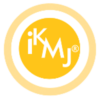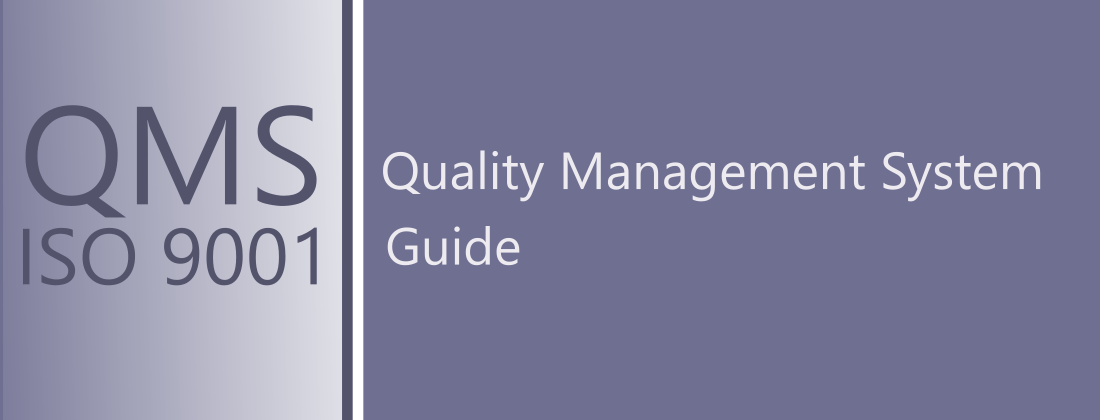Quality management system guide – How to implement ISO 9001: 2015?
How to develop rules for ensuring resources (technical, human, financial, time)?
When implementing a quality management system compliant with ISO 9001, we must establish the supervision (management) of resources. What are these resources, what are they all about, and how do I do it?
First, resources are people, things, money, and the time we need to accomplish our tasks, which lead us to the goals we have set for ourselves.
Human resources!
The most important resource is people, because without them we can do nothing. In terms of human resources provision, we need to establish:
- How many people do we need? (resource size)
- What do these people need to know to properly complete the tasks (resource competences)
Let’s consider it on the example of the people needed to implement the logistics process:
- Our company carries out sales throughout the country
- The goods will be transported with our delivery truck with a mat over 3.5 tons (planning 1 route for several customers, where 1 vessel structure up to 0.5 tons), to customers ordering a supplier with assembly
- The goods will also be transported by courier companies, but they are still large packages (1 structure up to 0.5 tons)
As a result we need in stock:
- At least 2 people authorized to operate a forklift truck (2 because there are holidays, sick leave, etc.)
- At least 2 people with the license to drive trucks (2 because there are holidays, sickness etc.)
We can reduce the number of people from 4 to 2 taking into account downtime during holidays and sickness. Of course, we can solve it with production employees, where we send at least 1 of them training for forklift operators.
In this way, we analyze the process after the process, determining how many people and what skills (and entitlements) we need to implement it.
We save all information for full transparency. For this purpose, you can use ready-made HR registers to define the list of positions and the expected minimum competences.
It is obvious that we go to training, not only ISO 9001 one, but also others. Prepared training plan sheets and post-training questionnaires are used to plan training courses and assess their suitability for the company. By using them, you will introduce order in the training area.
Technical resources (infrastructure)!
The task is similar to human resources one. We need to determine what equipment we need to implement individual processes. It’s a good idea to make a list of the equipment we have. We can do this using an infrastructure surveillance sheet or an infrastructure management application. Then, we arrange inspection dates for individual items. We indicate who is to watch over you and the matter is ready. If we have a lot of equipment, it is good to mark it with stickers or plates with inventory numbers. Now it is enough to keep an eye on the inspection dates and we can safely say that the infrastructure is supervised!
Oh, you have to remember that buildings and edifices are also infrastructure.
Financial resources!
To supervise resources, we must implement budgeting. We can budget in a classic way or in terms of processes. However, I recommend introducing budget analytics based on a process approach. This will allow you to see the work of the processes in terms of costs and revenues, and above all their efficiency.
Time!
Time management is one of the easiest tasks technically and the most difficult mentally. We do not like to plan, look ahead, and the detailed determination of how much time is needed for a given task is terrifying us. I often meet managers who believe that their people can do tasks in the meantime. What is the effect of this. Employees find some time at home at the expense of their relatives, their private time or sleep. This significantly reduces the productivity of the work.
High optimism when planning is not advisable, and using the term “in the meantime” should be punishable!
You already know how not to schedule time, now I will tell you how to do it.
- Step 1: There are many tools for this purpose, for example the Google or Microsoft calendar (available for free). Each employee sets up a calendar and makes it available to other employees.
- Step 2: When planning tasks, each employee enters the tasks to be performed and the planned time of their commencement and completion in the calendar
Remember! If you see that your co-worker has busy time, do not add tasks at this time!
MEANTIME DOESN’T EXIST





